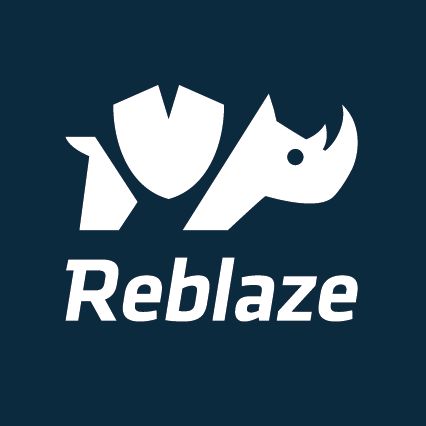Audio Presented by

Next-generation protection for web apps, services, and APIs, on the clouds you already trust.
Story's Credibility





About Author
Next-generation protection for web apps, services, and APIs, on the clouds you already trust.

Next-generation protection for web apps, services, and APIs, on the clouds you already trust.



Next-generation protection for web apps, services, and APIs, on the clouds you already trust.